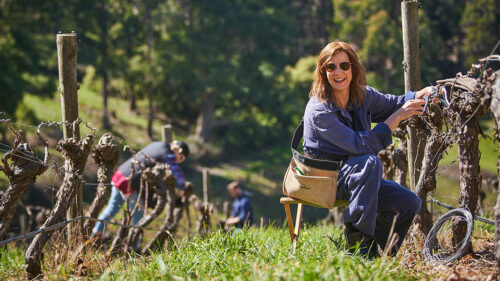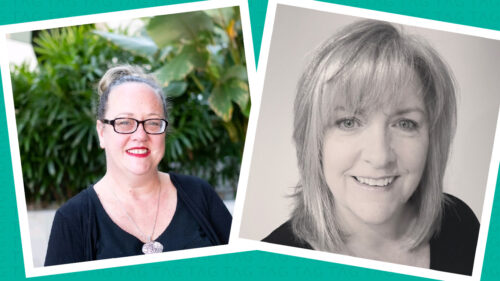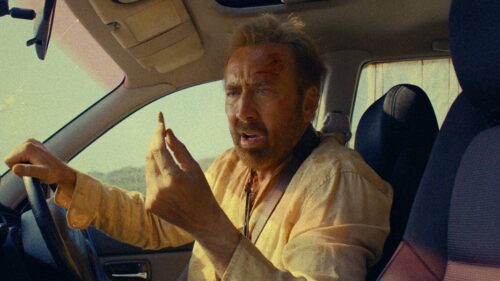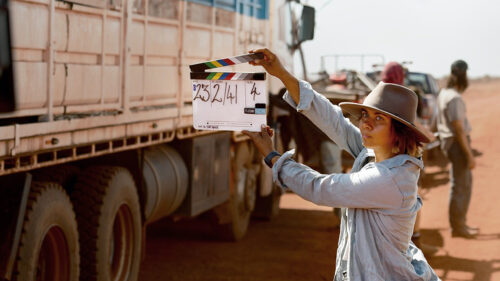/News 26.10.21
FIRST NATIONS SPOTLIGHT: KEITH GILBEY-WARRIOR, KIARA KARPANY-DAY AND THIBUL NETTLE
Three rising South Australian First Nations talents talk about their career aspirations, their love for film, and their experiences working as attachments on Warwick Thornton’s new AMC and See Saw Films vampire series Firebite, supported by the SAFC.
The South Australian Film Corporation is always committed to supporting the up-skilling of First Nations screen creatives like Keith Gilbey-Warrior, Kiara Karpany-Day and Thibul Nettle as part of the agency’s First Nations Screen Strategy.
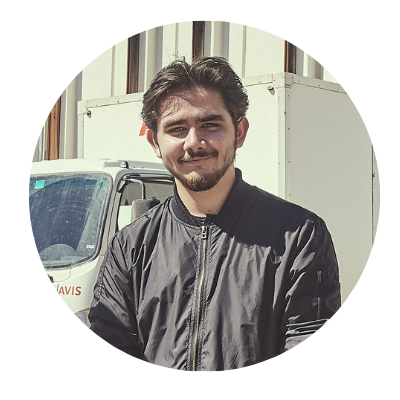
KEITH GILBEY WARRIOR
Post-production Supervisor Attachment, Firebite
Age: 22
Country: Alyawarre and Kokatha
How did you get started working in the screen industry?
My experience is limited but after finishing university I undertook an internship with Adelaide community broadcaster Channel 44, which was part of a mentorship program partnership with the South Australian Film Corporation. I got a tonne of experience working with fellow Indigenous interns and found it very rewarding creating content there.
What do you love about working in the screen industry?
I love the creativity, in how a story can be executed in a multitude of ways through the different stages of production, creating something from nothing and then watching a team bring that together, it’s a joy to see.
How do you feel about getting to work as an Attachment on a Warwick Thornton production?
Very excited! Seeing the making of it first-hand is an amazing experience. As a kid watching his films I never would have thought I would be here on attachment. I am very excited about this opportunity – I’m excited to see just about everything, I find it all very interesting to learn about.
Who do you look up to in the Australian screen industry, and why?
Warwick Thornton and Ivan Sen. They’re both really talented Indigenous filmmakers, their films are beautiful to look at and I just love the tone and moods that they exude throughout their stories. For me, it’s always inspiring seeing Indigenous stories being told by Indigenous people.
Where would you like to see yourself in 10 years?
In 10 years I would definitely like to create my own films and stories. I think ambition is important but what’s most important to me is being creative in this medium, whether it’s in five, 10 or 20 years.
What’s your favourite Australian film?
Wake in Fright – I watched it at least once a year. There’s a lot that I like about it that I struggle to articulate but I suppose the main reason is because of its commentary on the relationship between masculinity, alcohol, and peer pressure in Australia.
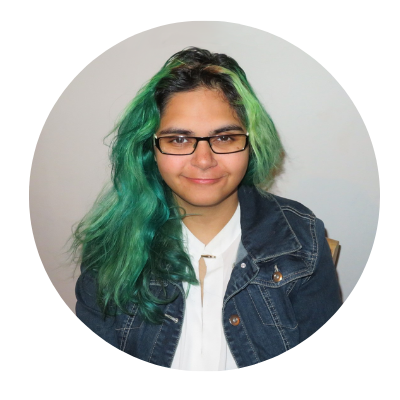
KIARA KARPANY-DAY
Art Department Attachment, Firebite
Age: 26
Country: Ngarrindjeri
How did you get started working in the screen industry?
This is my first job in the screen industry. I have an interest in film and a background of study in Visual Effects and Entertainment Design which has led me towards the media industry with a passion.
You worked in pre-production on Firebite – what was it like being an Attachment on the series?
It was a very big honour. I was fortunate enough to meet Warwick and see the impact of his storytelling and energy at the studio. I was allocated jobs that involved the preparation and organisation of bits and pieces that would end up on various sets – furniture, ornaments, tools and props.
Maintaining a particular aesthetic throughout the pre-production stage as an Art Department assistant working in Set Decorating Department was very insightful and offered valuable experience in the film industry.
Who do you look up to in the Australian screen industry, and why?
Warwick Thornton! He has a very pure and unique interpretation of storytelling and film, and he is an artist in his own right. Sweet Country is a very real and truthful representation of First Nations Australians.
What is the best piece of career advice you have ever received?
Always be adaptable. And to be the best at what you do, love it the most and give it the respect it deserves.
What is your top piece of advice for other First Nations screen practitioners looking to progress their careers?
Do your research. Always. When looking at where you want to go in the screen industry – who has been there before? Or if no one has, who has done something similar? Learn from their path, give yourself options by teaching yours
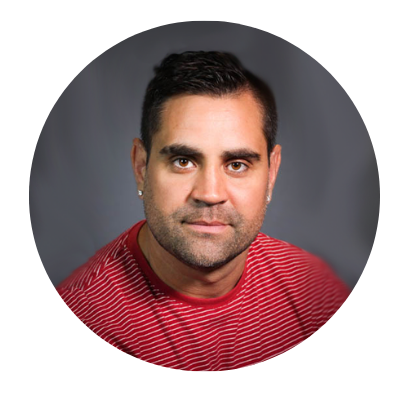
THIBUL NETTLE
Directors’ Attachment, Firebite
Age: 38
Country: Whadjuk, Bibbulman
How did you get started working in the screen industry?
I have been involved in the screen industry as an actor since I was 17, but it was the lack of Indigenous representation within the television and films I was watching that inspired me to make a turn to screenwriting. I thought to myself: how can I make a change not only for myself, but my fellow Indigenous creatives? My number one goal has been to see more Indigenous people involved in more mainstream screen projects, both in front of and behind the camera. I wrote my first screenplay for a feature film called Friendship Love and Loyalty in 2014, which by 2015 I was able to shoot on a microbudget, and distributed in Australia and the U.S. in 2016. Ever since a successful application with the South Australian Film Corporation for their Aboriginal Short film Grant program in 2017 for my project The Protectors, which I was encouraged to also direct, I have had a keen interest in directing.
What do you love about directing?
Being trusted to bring a story from script to life. I love a challenge and directing provides me with the ultimate challenge! Also, if it’s a story that is not your own, it’s always very rewarding being able to share in the process in helping bring that story visually to screen.
What is it like working as an Attachment on Firebite?
It’s amazing. Warwick Thornton is not only one of the best Indigenous directors, but he is arguably one of the best directors we have in this country. To be able to observe Warwick work his magic on set up close and personal is a very eye-opening experience.
Having previously only worked on microbudget or low budget productions, it’s great to have the opportunity to be on a production of this size to observe how everything operates on a larger scale. It will definitely benefit my growth as a director. I’m also looking forward to networking and meeting other film creatives on the production. From a personal perspective this is what I’ve been waiting to see, and that’s Indigenous creatives telling mainstream stories. I’m a genre filmmaker and you can’t get any more genre than this!
Also, the fact that Firebite is an international co-production between AMC Studios and See Saw films will mean that the world will get to see the great Indigenous talent we have here in Australia when the series screens internationally which is really exciting.
Who do you look up to in the Australian screen industry, and why?
All the Indigenous filmmakers who have come before me and paved the way for the next generations to come through. Their hard work over many years is why there are opportunities opening up within the industry for filmmakers like myself.
I also look up to Australian filmmakers like Leigh Whannell and James Wan. I think what these two have been able to achieve with genre film is commendable. They shoot and release one or two films a year on average and that’s the level that I want to be at one day.
Where do you see yourself in 10 years?
I would like to hope I would be still involved with the film and TV industry in some capacity. I have a great slate of genre films at my production company Firestick Films – it would be amazing to have shot and released all my films by 10 years’ time. I would also love to see more of my people succeeding here in Australia and abroad within the film and TV industry.
What’s your favorite film or TV series made by First Nations Australians, or that tells a First Nations Australian story?
Blackfellas is my favorite movie, and I have to say Firebite is going to be my favourite TV series for sure!
What is your top piece of advice for other First Nations screen practitioners looking to progress their career?
If you’re looking to join the industry make sure that it’s a career that you see yourself doing as long-term. You’ll need to have a passion for it because there is going to be a lot of setbacks, rejections and plenty of moments that will test your mindset. However, if you work hard and stay on the journey you will earn the respect from your industry peers and that’s when doors will open. For First Nations practitioners this is the perfect time to get involved as there are plenty of Indigenous and non-Indigenous mentors that are willing and happy to help out. So believe in yourself and go have a crack!






